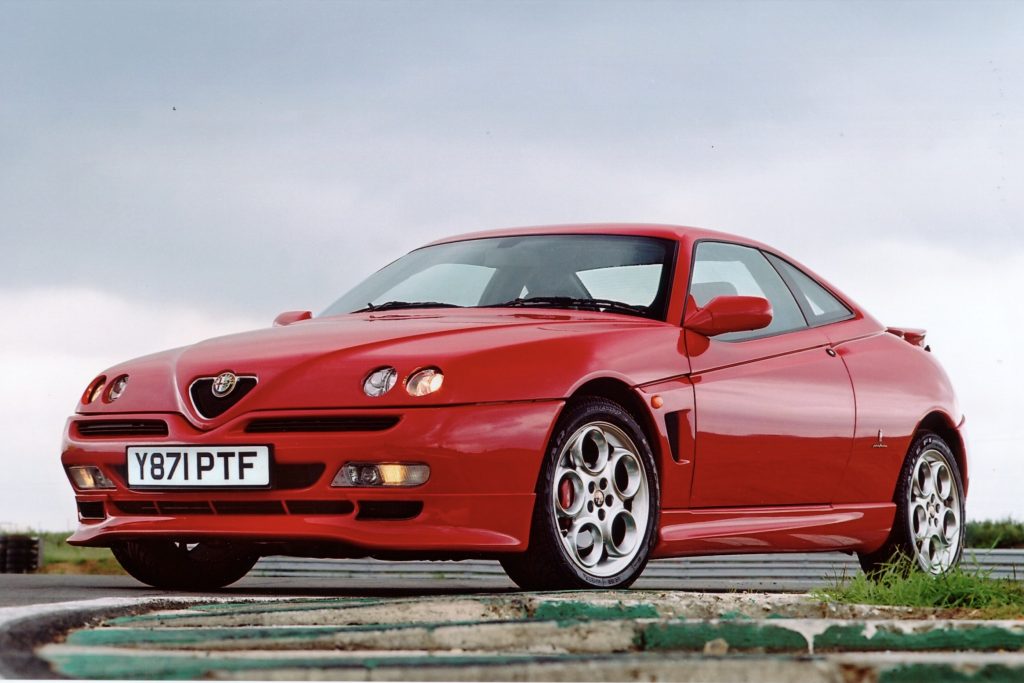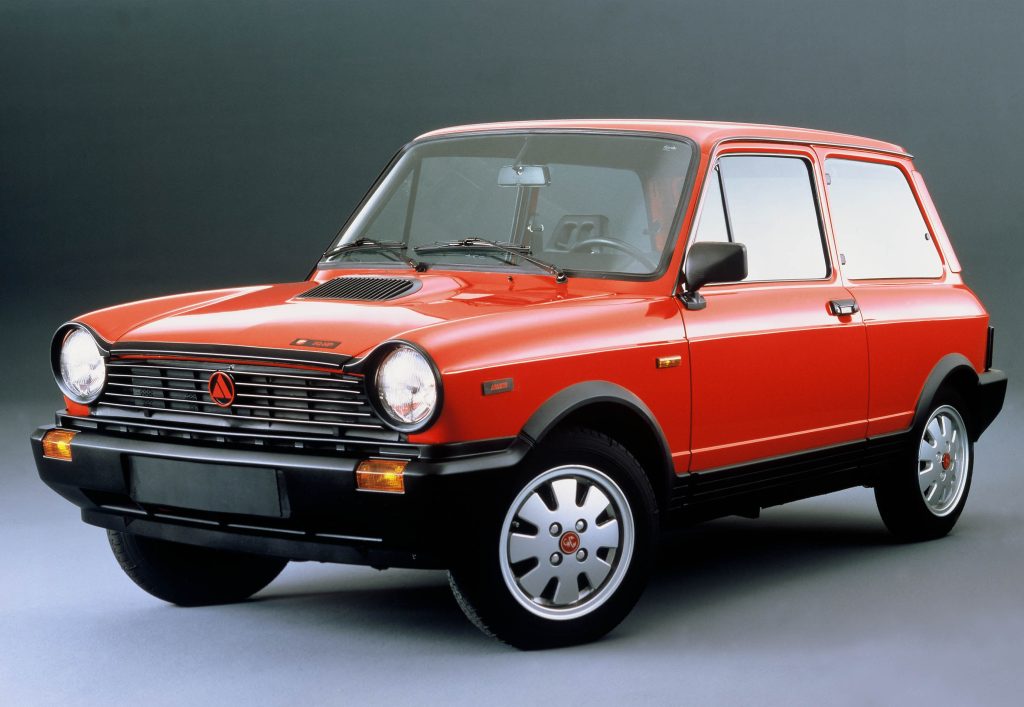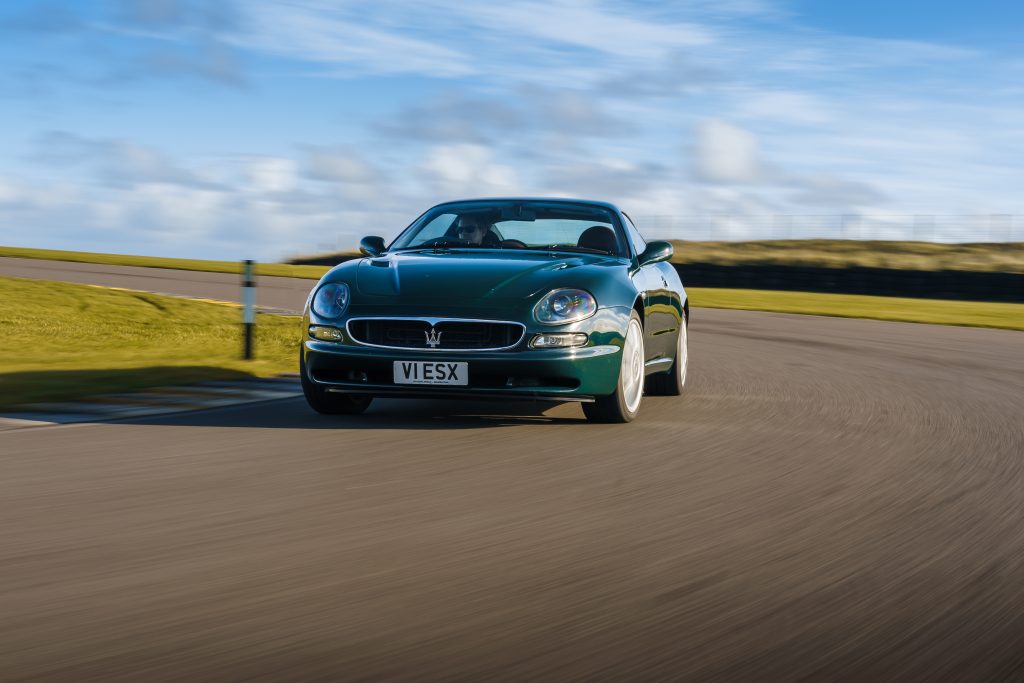It’s often said that if the car you own doesn’t cause you to turn around and simply stare at it after walking away, then perhaps it’s not quite the car for you.
Those who savour either a fine-tuned chassis or spectacular engine over anything else might disagree with that point, but when it comes to style the Italians simply have a knack for it that few nations come close to emulating.

The good news is that the Italians are also well known for both finely tuned chassis and spectacular engines – though not always in the same car at the same time, admittedly. Nevertheless, such is the heart-pounding style, you’ll overlook minor annoyances.
The best news is that Italian style need not cost you a fortune – while £20,000 might not nab you a working Ferrari, you can still get Forza Italia fundamentals for Quattro Formaggi funds. Here are five of our favourites.
Fiat 500 (1957–1975)

Forget the Miura, the F40, or maybe even the 250 GTO – the little Fiat 500 is the quintessential Italian car. Small, nippy, lightweight and utterly charming, this tiny car mobilised a nation and set a template for the kind of cars Italians hold close to their heart.
As an ownership prospect in the UK, the inability to reach 60mph in standard form, plus the way modern traffic towers over them, might be a turn off, but all it takes is a zippy run and the smiles soon come. With a spot of tuning the pocket fun machines can be made much quicker and thus more likely to keep up with modern traffic. There’s a vast array of bodystyles available too, so whether you’re after an Abarth or Giannini-tuned rorty number, a quirky but practical Giardiniera estate or a beach car (if you’re brave in mid-winter), then there’s a 500 for you.
What to pay for a 500D…
Fair: £6100
Good: £12,500
Excellent: £17,100
Concours: £22,400
Lancia Fulvia Coupe (1965–1976)

Could the Fulvia be the last great bargain in classic motoring? Italian styling, crisp handling and genuine rallying heritage – this diminutive little Lancia has it all. Purists might turn their noses up at front-wheel drive, but behind the wheel Lancia comes alive in a way that will have you summoning up your inner Sandro Munari.
For our budget, the Zagato-bodied cars made famous by Harry Metcalfe have accelerated out of range, as have the 1600cc cars, but there’s still a good choice of good 1300 S2/S3 cars out there for below our £20K budget. Fulvias make for great classics, with an enthusiastic support network, but if you fancy a spot of regularity rallying, they make a great companion for that, too.
What to pay for a 1.3S…
Fair: £12,300
Good: £16,600
Excellent: £25,800
Concours: £36,200
Alfa Romeo GTV 916 (1994–2003)

Heralding the launch of Alfa Romeo’s 1990s golden-era cars, the GTV’s front-wheel-drive handling set new standards for grip and handling finesse – and was supposedly benchmarked against the Lotus Elan M100. Initially offered with a raspy four-cylinder, the addition of a 3.0-litre V6 in 1995 robbed the car of its handling delicacy but it did introduce one of the world’s greatest engines, the Busso.
With supercar looks courtesy of Pininfarina’s Enrico Fumia, the GTV 916 became very popular; however, with fewer on the roads now prices have started to climb. You can pay twice the concours price for a special-edition Cup model, but the standard V6 is pretty much the same car, with the same sonorous V6 howl. Don’t overlook the Twin-Spark four-pots either; a mint one is around half the price of the V6 and handles far better. Either way, they’re truly exotic-looking today.It’s hard to imagine Alfa ever trying something like this again.
What to pay for a V6…
Fair: £2900
Good: £4200
Excellent: £6900
Concours: £9300
Autobianchi A112 Abarth (1971–1984)

Volkswagen fans like to believe that the Giugiaro-penned Golf GTi sired the hot hatchback breed, but the reality is that its origins go back far further than that. One of the earliest hot hatchbacks – long before that term came was ever dreamed up – was the Abarth A112 Abarth. Like the Golf, it had a genuine supercar stylist at the pens: Marcello Gandini gave this little car its perky, pugnacious look.
Early Abarths used a 982cc with an increased stroke, twin-choke carb and an upgraded camshaft, but in 1975 engine size grew to 1050cc, and from 50bhp to 70bhp. That might not sound a lot now, but in just 700kg it made for swift motoring – and a great foundational rally car training ground. Even F1 driver Olivier Panis had one . . . until he crashed it. Finding one for sale in the UK will be the biggest challenge, but we found one in Corby. Fun and truly individualistic – you’re unlikely to run into another one at the traffic lights.
What to pay for an A112 Abarth…
Fair: £9700
Good: £11,800
Excellent: £16,300
Concours: £19,100
Maserati 3200

The 3200 was the crossover car for Maserati. It represented the last in the ‘Biturbo era’ lineage, thanks to its 3.2-litre twin turbocharged V8, which would be the last all-Maserati engine until the launch of the MC20 almost two decades later. However, it was the first in a new line of curvy Maseratis after years of square-edged styling cues, and proved to be highly popular – by Maserati standards.
Prices have been on the rise for some time, and though not always the easiest car to look after, owners become hugely enthusiastic for their cars. While some of that may be down to the Giugiaro-genius ‘Boomerang’ LED rear lamps that were lost on the car’s visually similar replacement, a lot of it is down to the magnificent engine. Get behind the wheel and it feels so much more than 370bhp, combining the GT oomph of a V8 with the monstrous forced-induction thump of an Impreza. It’s easy to see why they become so addictive – and with proper room for four, the family can come along too.
What to pay for a 3200GT with the manual…
Fair: £8800
Good: £13,100
Excellent: £18,600
Concours: £23,400







I almost bought an Autobianchi in the mid 80s but the left hand drive put me off. I bought a right hand drive Innocenti De Tomaso instead… which could have been on this list, though suspect even harder to find than the Autobianchi…